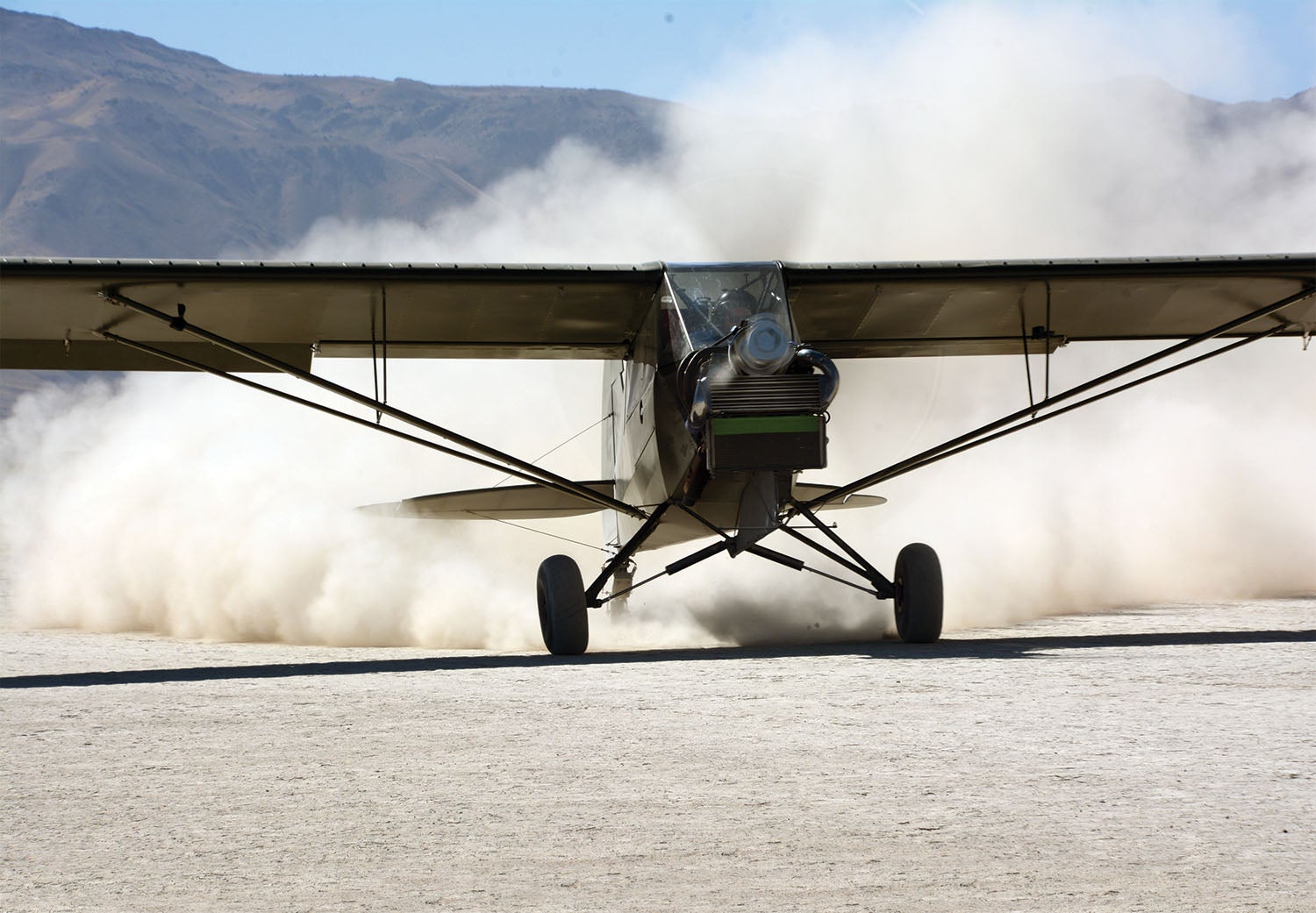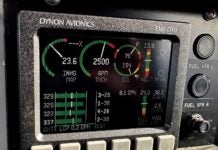Awash with ideas and follow-up chores, the writing workbench is looking about as disheveled as the one out in the hangar, so we’ll take care of a couple of topics this month.
That Flat Tire
Recently I related landing with a main gear tire losing air pressure and how it was a hugely lucky break the tire wasn’t any squishier than it was (“Flat Broke,” July 2022). A quick first look had me saying the tube’s valve stem was leaking as if sheared at its base, and I hinted it may have been from one of my earthshaking landings. I also carped about the cost of tires (along with everything else) and whether or not to replace the tires along with the tubes.

After some time to dismount all wheels and tires and give them a thorough eyeballing, I found the offending tube’s valve stem in fine shape and the leak was from a rather small, approximately 3/8-inch long slit in the tube’s sidewall radius. Positioned a couple inches round the corner from the tread, this cut—for it looks exactly like a fine razor slit in an otherwise textbook tube—doesn’t appear the result of anything untoward happening to the tread, such as rolling over a sharp-edged hazard. Rather, it suggests a more forceful than average rubbing or pinch of the tube and tire sidewalls…as might occur during a hard landing?
In any case, the tube looked very good otherwise. A laying on of hands did not disclose any burr or puncture in the tire, either inside or out. What was strange was the amount of dirt inside the tire, that is, between the tire and tube. Of course you’d expect the usual rubber dust and a bit of that talc-like lube that comes on a new tube, but not dirt. This stuff was fine, a touch more substantial than talc yet finer than what might be called grit, and had that telltale desert tan color. Rubbing it on my fingertips, I could occasionally feel a sharpness, which I took to be tiny bits of silica or quartz or whatever the esteemed Dr. Louise Hose, our resident geologist to the stars, would suggest as normal in dry lakebed dust. (She says quartz.) My guess is such a sharp substance, caught between tire, tube and one of my seven on the Richter scale landings, might have been enough to slit the tube, but I’m open to suggestions that are more gracious to my flying ability.
Then the next question is, where did the dirt come from? I have spent more time than usual landing on dry lakebeds in the last year, but why was the left main dirty inside while the right was clean? It isn’t like I changed tires out in the field. I can’t recall the tire pressure being low at all, much less sufficient to allow dirt into the tire/tube interface. You’d have to break the bead or get a snootful of grit past the valve stem to do that. And if one tire got it, why not the other?
In the end, given the age of the tubes, I put two new tubes in the main tires, flipped the tires on the wheels even though they were wearing so evenly I could barely tell which side was which, and put them back in service. I can’t say I’ve been landing as frequently as a flight school 172, but so far so good.
And just to beat the tire subject down to the cord, I did change the tailwheel tire while reusing its tube. For what minimal work my tailwheel does it scrubs tread like a mad janitor. Seriously, all it does is roll from the hangar to the runway, where the tail gets lifted about 150 feet into the takeoff, followed by a steady diet of wheel landings. And yet, fruit flies live longer.
180° Turn
For the third time in my life I recently made a 180° turn in mid-cross-country (too much VFR on top, with the AWOS bleating out “2000 feet overcast” at my home destination) and landed at an airport I hadn’t originally intended. Just like the first two times, it was a great idea that worked out well. The first time was a taxi and motel paseo with nothing special to recommend it, except I didn’t end up trying to land my biplane at night through a stratus layer without a landing light. The second time I ended up staying in crew’s quarters in a hangar belonging to a fellow I met literally two minutes earlier, which got me early to bed, early to take off and into a fun morning flight for zero dollars. This time I met an entire crowd of great folks enjoying their regular Sunday hangar lunch gathering and got most excellently fed and watered in the bargain. I also had ample time to research the weather ahead by speaking directly to pilots at my home field, top up on fuel, warm up from the cold and stretch my sore body that had already been cramped into an open cockpit for nearly three hours and really appreciated the rest. The flight home was optimally challenging (not too hard, not too easy) and a memorable, gorgeous parade above lightly towering cumulus.
I won’t preach about the sanctity of the 180° turn as you’ve heard the choir sing that tune many times before. What I will say is how much easier and enjoyable it is to be on the ground when figuring out what to do next. Maybe I don’t have the right stuff or am not so young and quick-thinking anymore. Maybe my open cockpit, with the wind, the cold, the sunburn, the poor ability to hear radio transmissions (especially distant, weak or low-volume ones) is not the greatest place to problem solve. Maybe keeping an airplane upright with one hand while pushing buttons with the other hand on a 3-inch GPS screen sitting in the full glare of the midday sun isn’t the easiest thing, either. But wolfing down a plate of hot enchiladas after fueling the airplane certainly seems to help my problem solving skills! I’m three for three on 180° turns and highly recommend them.
Withdrawing
If these seem like interesting times—as in the COVID pandemic—then I don’t think you’re alone in your observation. What surprised me lately while hustling a dually and box trailer combination through some Los Angeles freeway frenzy was how much I prefer flying over all that activity. I realized what I’ve come to think of as normal is to drive 3 miles to my local airport, which by federal law is a fenced and gated community, get in a magic bus that lofts me over all the goings on below and land at another fenced and gated community where I interact with other like-minded people. I’m not so sure this is ideal socialization when it comes to my long-term personal development, but I’ll admit I think it’s a nifty way to get about.













